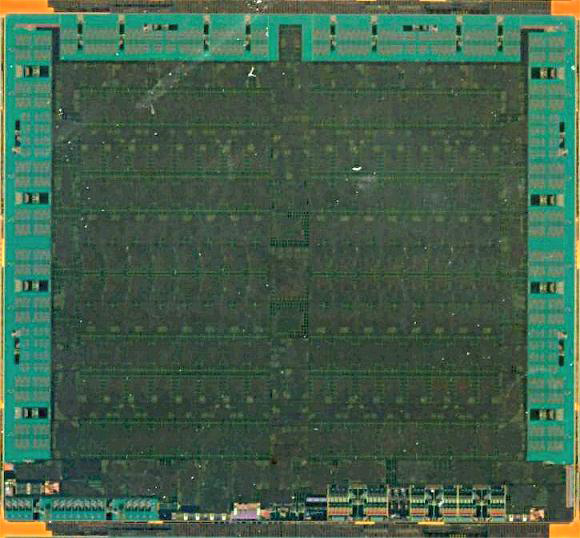D
Deleted member 13524
Guest
A 384 bit 32 CU Tonga could have done significantly more damage than the current 285.
Why did AMD not release it right away?
Well that certainly puts tonga in a better light, but why no full tonga?
I think the cryptocurrency craze in late 2013/early 2014 created an "artificial" demand for Tahiti chips. And when the dedicated FPGAs appeared, the cards flooded the second-hand market and the demand curves for retailers fell abruptly.
Final result is AMD and the retailers ended up with truckloads of excess Tahiti cards, occupying the same price range as full Tonga cards.
The 285 appeared probably because it could do 7950 performance with a 256bit bus (color compression),therefore being substantially cheaper cards to produce.

